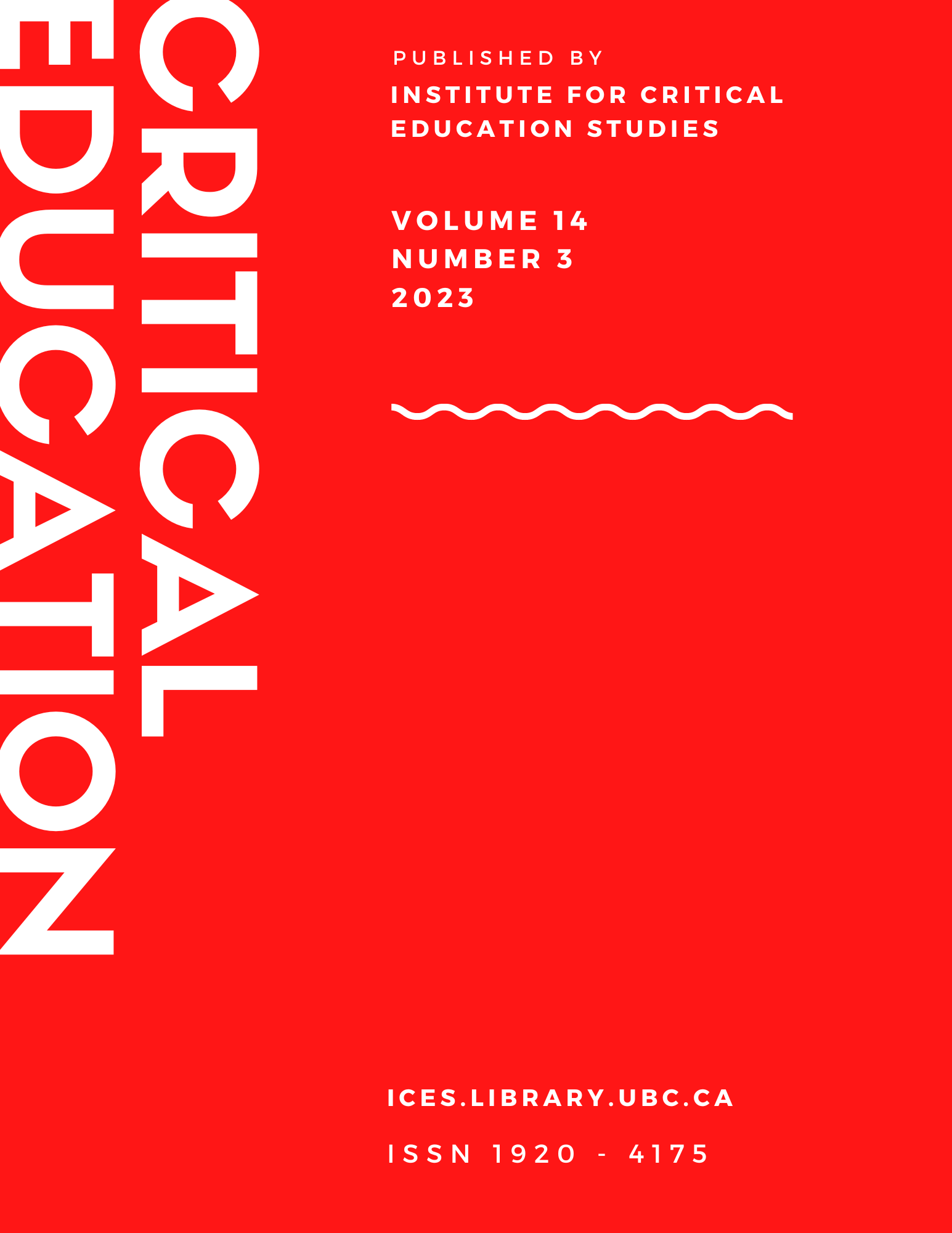(Fake) News is Racist
Mapping Culturally Relevant Approaches to Critical News Literacy Pedagogy
DOI:
https://doi.org/10.14288/ce.v14i3.186720Keywords:
Critical media literacy, Critical news literacy, Critical race theory, Culturally relevant pedagogy, Media literacy, White supremacyAbstract
Fake news, while problematic in its own way, is not an anomaly and though intimately connected to the Trump administration, did not begin, nor end, with his administration. Fake news is part of a larger environment of racism in the structure of the news, where stories of People of Color are often skewed in a negative way, positive contributions from People of Color are ignored, and where journalists of color may be sidelined. However, there is a dearth of news literacy curricula that centralizes the stories of People of Color. This is particularly problematic given the ways in which news perpetuates racism. This study utilizes critical media literacy coupled with critical race theory to develop culturally responsive news literacy curricula that centralizes stories about bodies of color as a way to make more comprehensive sense of our news and information media.
Downloads
Published
Issue
Section
License
Copyright (c) 2023 Nolan Higdon, Allison Butler

This work is licensed under a Creative Commons Attribution 4.0 International License.
Authors who publish with Critical Education agree to the following terms:
- Authors retain copyright and grant the journal right of first publication with the work simultaneously licensed under a Creative Commons Attribution License that allows others to share the work with an acknowledgement of the work's authorship and initial publication in this journal.
- Authors are able to enter into separate, additional contractual arrangements for the non-exclusive distribution of the journal's published version of the work (e.g., post it to an institutional repository or publish it in a book), with an acknowledgement of its initial publication in this journal.
- Authors are permitted and encouraged to post their work online (e.g., in institutional repositories or on their website) prior to and during the submission process, as it can lead to productive exchanges, as well as earlier and greater citation of published work (See The Effect of Open Access).












